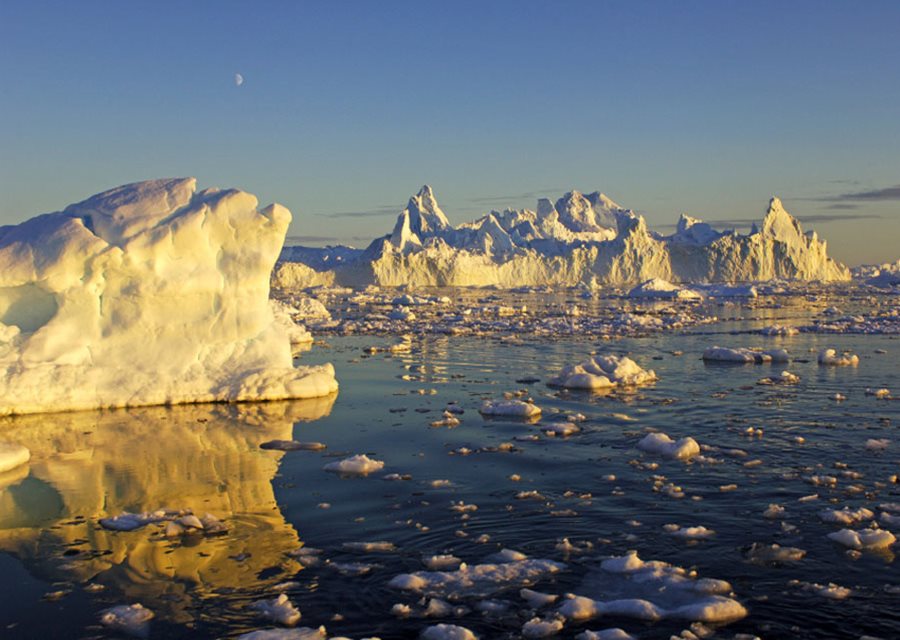Greenland travel guide
The world’s largest island is a place of stunning natural beauty, dramatic weather and fascinating culture. Greenland (https://visitgreenland.com/), like the Faroe Islands, is a former Danish colony, but it’s well on its way to full independence, gaining self-government in 2009.
Greenland is like no other place. Its vast Arctic solitude is profound and its silence almost consumes you. Here, where the North Atlantic meets the Arctic Ocean, is the cleanest environment in the world, and measurably the oldest. Where else can you sip a drink cooled by a 1,000-year-old ice cube?
The land of the people
Greenland is called Kalaallit Nunaat (the land of the people) by its own people. They number only about 52,000 (plus an additional 6,300 Danes) in an area of 2,166,000 sq km (836,000 sq miles). The distance north to south is 2,670km (1,655 miles), and the widest part east to west is 1,000km (620 miles). Its closest neighbour is Canada.
More than four-fifths of the country lies under 3km (2 miles) of pack ice; but the southern coastal regions, especially to the west, are green and mild during late spring and summer. Daytime temperatures can climb to a balmy 21°C (70°F) or more, but northerly winds in winter can make the mercury plunge to a bone-cracking –32°C (–25°F). Spring and summer are excellent for hiking, camping and some of the best fishing anywhere.
Places to visit in Greenland
Nuuk
Greenland's capital, Nuuk (Godthåb), lies on the west coast and is the best place to explore the country’s human history. The Greenland National Museum (tel: 32 26 11; http://nka.gl) contains various artefacts, including traditional kayaks and Inuit costumes, plus the fascinating 15th-century Greenland mummies, discovered by hunters in 1972.
Dog-sledging
The classic way of touring Greenland is by dog sledge, with the season running from late February to May. You can hire a team and driver for a short sightseeing tour or for a longer journey from many towns in western Greenland, including Sisimiut, Qeqertarsuaq (Disko Island) and points further north. On the barely populated east coast, you can dog-sledge from Tasiilaq and Ittoqqortoormiit. Tasiilaq, the largest town in the east, is also a popular summer destination, with its “Valley of Flowers” a beautiful spot for hiking, while the area around Ittoqqortoormiit is famous for its hot springs.
A classic, though physically demanding, dog sledge tour is the three-day trip between Sisimiut and Kangerlussuaq at Søndre Strømfjord on the west coast, possible from February to April. The route takes you through the vast and beautiful landscapes of mid-Greenland, across frozen lakes and over hilly terrain. You sleep in hunting huts or tents.
Ilulissat Icefjord
One of Greenland’s most dazzling sights is the Ilulissat Icefjord, a Unesco World Heritage site, which includes the glacier Sermeq Kujalleq – responsible for calving 10 percent of all Greenland’s icebergs. There are three marked hiking trails in this protected area; less active types can simply watch the huge icebergs from town as they float out into Disko Bay.
Aurora borealis
Among the spectacular natural phenomena in Greenland are the Northern Lights and the Midnight Sun. The aurora borealis occurs all year long but is only visible in a clear night sky in autumn and winter. These ethereal lights can appear as colourful curtains, veins of silk ribbon, or as ghostly souls flying to heaven. In summer, the Midnight Sun keeps the night sky blue.





